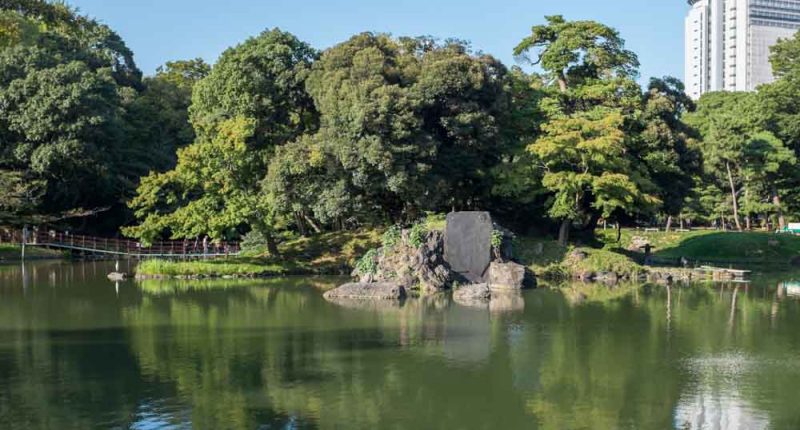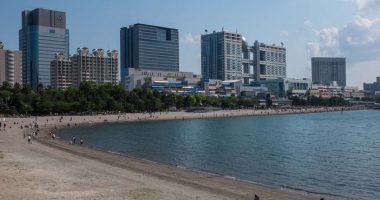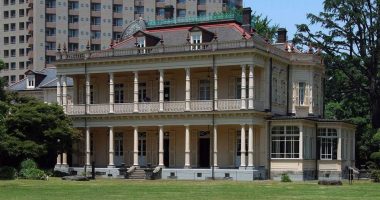Dating back to the early 17th century, Koishikawa Korakuen is one of Tokyo’s most spectacular gardens. Designed by Mito Yorifusa, a feudal lord, and completed by his successor, Mito Mitsukuni, the gardens were specifically designed to recreate famous Chinese scenes, Mitsukuni being a strong follower of Confucian ideas. Even the name, Korakuen (which translates as “enjoying afterwards garden”), is taking from the Chinese teaching that an emperor “should feel sorrow before his people do but feel enjoyment only after them”.
In 1952 the garden was designated a Special Historic Site and Place of Natural Beauty by the Cultural Assets Preservation Act and thus today stands protected alongside the likes of Itsukushima and Kyoto’s Kinkakuji.
The garden is popular all year round, but gets especially crowded in late November and early December when the leaves of the maple trees around the main pond turn red. The garden is otherwise extremely tranquil; however, if you happen to visit during the staging of a sports event at the nearby Tokyo Dome the din of the crowd will abruptly remind you that you are still in the center of the city.





